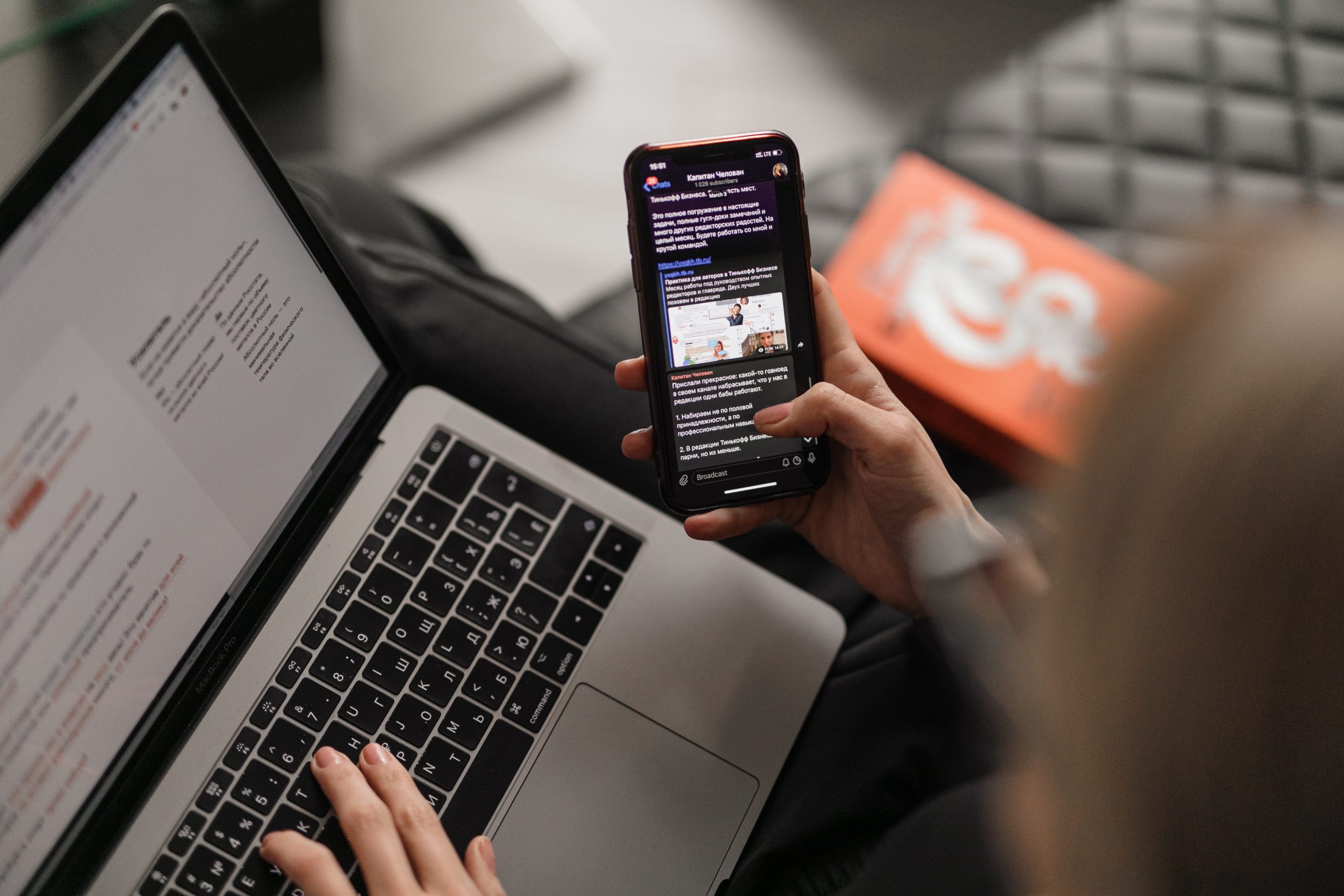Mobile Learning in LMS: What is it and why should you care?
Mobile learning is an increasingly popular form of education that has been enabled by advances in technology. It refers to the use of mobile devices such as smartphones and tablets, as well as other portable electronic devices, to access learning materials and resources, and to participate in online educational activities. In this blog post, we will discuss mobile learning in an LMS (Learning Management System) environment, what it is, and why you should care.
What is Mobile Learning?
Mobile Learning (m-learning) is an education and training process that takes place through the use of mobile devices such as smartphones, tablets, and laptops. It’s a great way to provide access to learning material and resources to those who may not have access to a desktop computer or laptop.
M-learning is all about providing an easy and convenient way for learners to access information on the go. This allows them to learn at their own pace and in their way, while still keeping up with their studies or work.
M-learning can be used in a variety of ways, including traditional classroom lectures, online courses, multimedia resources, interactive simulations, and even real-world experiences. It can also be used to support distance learning, blended learning, and self-directed learning.
The main benefit of m-learning is that it offers learners the flexibility to access learning materials when they want, and where they want. This means they can access learning material from anywhere, at any time – even on the go. Furthermore, m-learning offers a personalized experience, allowing learners to tailor the learning material to their own needs and preferences.
This makes m-learning an ideal solution for busy professionals or students who need to juggle multiple responsibilities and commitments. Providing quick and easy access to learning materials makes it easier for learners to stay up-to-date with the latest information without having to take time away from their other obligations.
The Benefits of Mobile Learning
Mobile learning has become an essential part of modern education, and for good reason. The advantages of using mobile devices in the classroom are numerous and far-reaching, making them invaluable tools for educators and students alike. Mobile learning can provide learners with more flexibility, better accessibility, and improved collaboration opportunities, all of which can help improve learning outcomes.
For starters, mobile learning provides a great deal of flexibility to the learning process. Learners can access course materials and lectures on their schedule, allowing them to work at their own pace. This can be especially beneficial for those with busy schedules who may not be able to attend traditional classes. It also allows learners to access course materials even when they’re not near a computer or laptop.
In addition, mobile learning offers enhanced accessibility to course materials, as many mobile devices are equipped with accessibility features that can make reading and studying easier for those with vision impairments or other disabilities. Furthermore, since mobile devices are becoming increasingly commonplace, more students now have access to course materials regardless of their location.
Furthermore, mobile learning makes it easier for learners to collaborate. Students can easily share notes and ideas, as well as get feedback from instructors in real time. This can help foster an atmosphere of discussion and debate that can lead to a deeper understanding of the material being taught.
Overall, mobile learning offers many benefits that can help enhance the learning experience for both students and instructors alike. From greater flexibility and accessibility to improved collaboration opportunities, mobile learning has the potential to revolutionize how we learn.
The Different Types of Mobile Learning
Mobile learning (m-learning) has become an increasingly popular method of delivering educational content. There are several different types of m-learning, each with its advantages and disadvantages. The following are some of the most common types of mobile learning:
1. SMS (Short Message Service): This is a type of text message that is sent to a student’s cell phone or another mobile device. SMS messages can be used to deliver educational content such as reminders, course updates, and quiz reminders.
2. Mobile Applications (Apps): Mobile applications are software programs specifically designed for use on mobile devices such as smartphones and tablets. Educational content can be delivered through these apps, which can be installed by students and accessed from their devices at any time.
3. Mobile Web: The mobile web is an online version of a website that has been optimized for use on mobile devices. Educational content can be easily accessed by students through the mobile web, and they can also complete activities and interact with the content.
4. Multimedia Messaging Service (MMS): MMS is similar to SMS but allows for multimedia content such as images and videos to be sent to students’ mobile devices. This is useful for delivering video lectures and other educational media.
5. Mobile Games: Mobile games are interactive applications that students can play on their devices to learn certain topics or concepts. These games are often designed with educational content in mind, making them an effective tool for teaching in the classroom.
These are just some of the many types of mobile learning available. Each one offers its own set of advantages and disadvantages, so it is important to carefully consider the type of content you are trying to deliver when deciding which type of mobile learning is best for your LMS.
Implementing Mobile Learning into Your LMS
With the ubiquity of mobile devices, integrating mobile learning into your learning management system (LMS) is an effective way to reach learners no matter their location. Here are a few key tips to consider when incorporating mobile learning into your LMS.
1. Choose the Right Platform: The first step in setting up a mobile learning platform is choosing the right technology. You will want to make sure that you choose a platform that is reliable, user-friendly, and secure. It’s also important to consider compatibility with different types of mobile devices and operating systems.
2. Optimize Content: Optimizing content for mobile learning is essential to ensure that the material is easy to access and read on any device. Consider using HTML5 or responsive design so that the content automatically adjusts to fit any device’s screen size. You should also think about how the material is structured—for example, breaking down larger pieces of content into smaller chunks can make them easier to digest.
3. Make Navigation Easy: One of the key components of successful mobile learning is making sure navigation through your LMS is as straightforward as possible. Try to keep menus and navigation bars simple and intuitive, so learners don’t get lost or overwhelmed when accessing materials.
4. Provide Support: Mobile learners may have different needs than traditional learners, so it’s important to provide support in a variety of ways. You may want to create a dedicated support portal or FAQ page that addresses common issues that come up when navigating the mobile LMS. Additionally, offering technical support via phone or email can be helpful for those who need extra help getting started.
By following these tips, you can ensure that your mobile LMS is optimized for learner success and engagement. With a well-designed platform, your learners can take advantage of the benefits of mobile learning no matter where they are.
Measuring the Success of Mobile Learning
The success of mobile learning depends on the ability to track, analyze and report on the results of the programs. It is important to use the right tools to measure the effectiveness of mobile learning in your LMS. Some of the key metrics to consider when measuring the success of mobile learning include:
1. User engagement: User engagement measures how much users are interacting with the course content. This metric can help you identify which types of courses are most engaging for your learners and what areas might need improvement.
2. Completion rates: The completion rate of a course shows how many users have completed the course. This metric can help you understand which courses are most successful and which ones require more work.
3. Learning outcomes: Learning outcomes measure whether or not a learner has achieved a specific goal that was set for them. This metric can help you understand if the course was effective in teaching its intended material.
4. Retention rates: Retention rates measure how many users remain active in the course after a certain period. This metric can help you understand how well users are retaining information from the course.
By tracking these metrics, you will be able to get a better understanding of how well mobile learning is working within your LMS. You will also be able to identify any areas that may need to be improved upon to increase user engagement and satisfaction with the courses. With the right metrics in place, you can ensure that your mobile learning initiatives are successful and effective.
Click here to know more details
Click here for more Blogs


